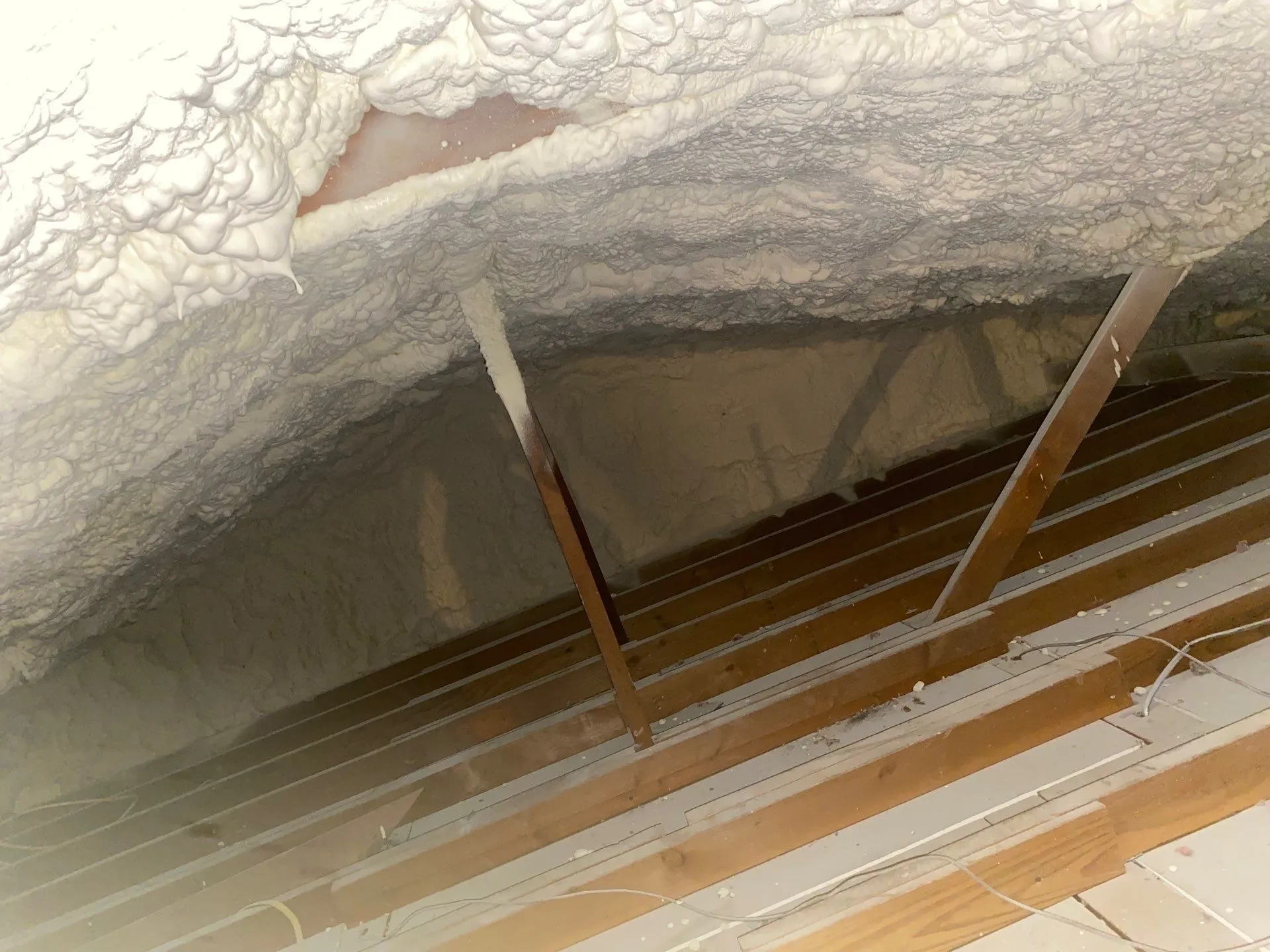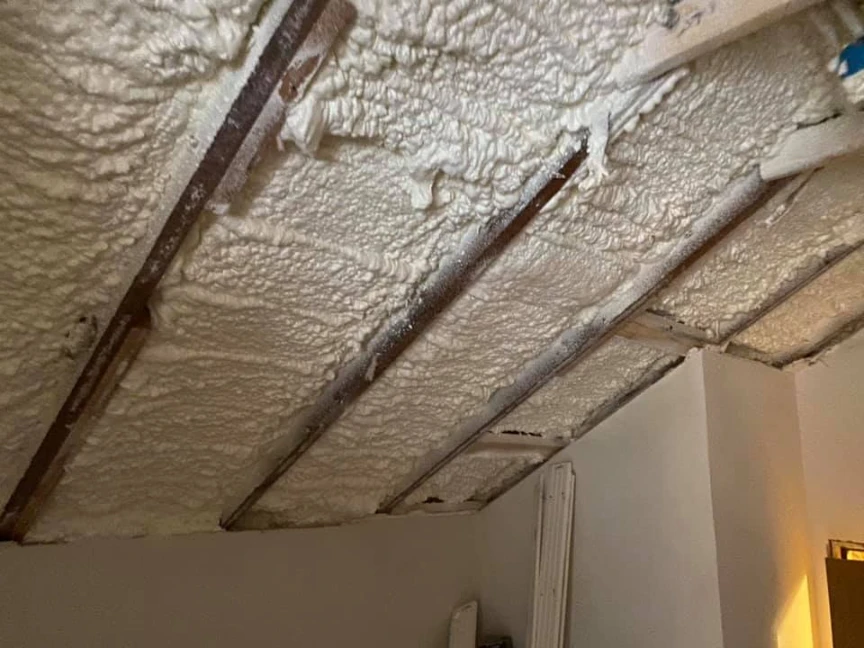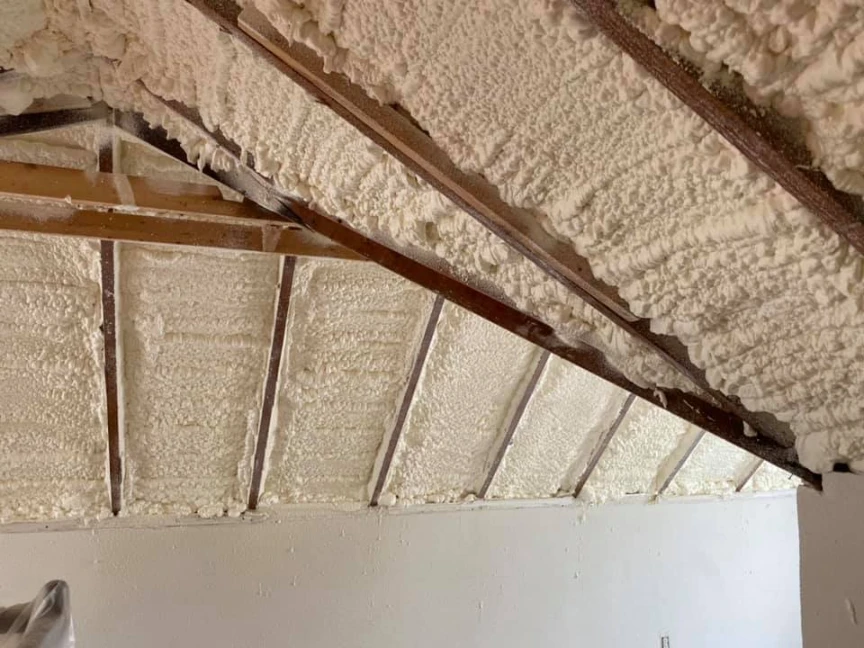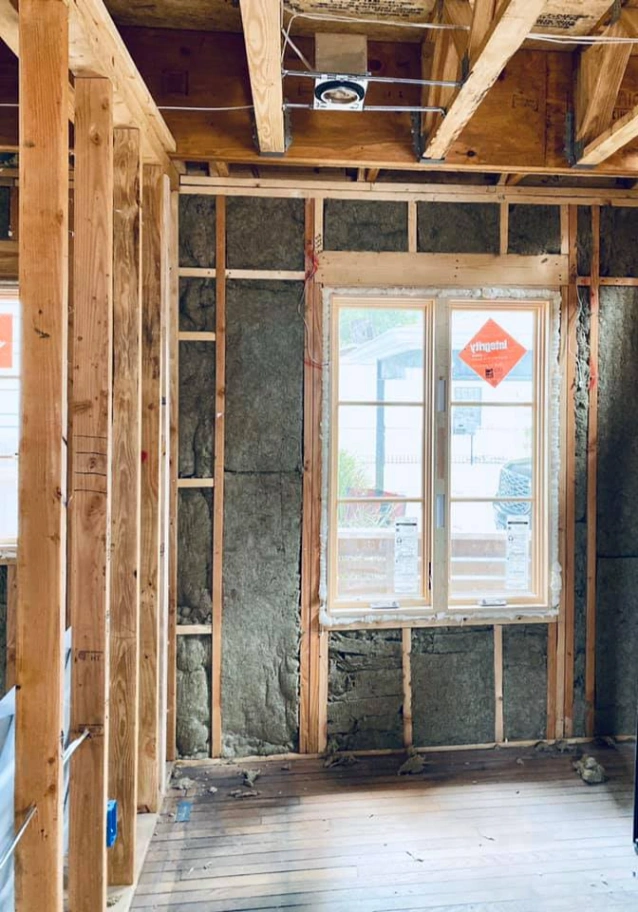A proper insulation system makes a space in Bertram, TX feel more solid by creating a stable indoor environment. It blocks outside heat and cold, reduces noise from wind or traffic, and seals air leaks that cause drafts. These changes lead to even temperatures, quieter rooms, and walls that seem sturdier without constant shifts from weather. In Bertram’s hot summers and occasional winter chills, this setup keeps the air inside calm and controlled.
This article breaks down the ways insulation delivers that solid feel, with details on local climate effects and practical steps. Readers gain clear knowledge from real-world examples in central Texas homes, based on direct work with insulation projects across the region by Stellrr to ensure reliable advice grounded in local conditions.
What Makes a Space Feel Solid
People often describe a solid space as one that holds steady against outside forces. Insulation contributes by filling gaps in walls, attics, and floors. This action prevents hot air from seeping in during July peaks above 100 degrees Fahrenheit in Bertram. It also stops cold drafts in January nights that drop below freezing.
Without strong insulation, rooms can feel flimsy. Heat escapes quickly, making floors cold to the touch or ceilings warm and uneven. A well-installed system adds a layer of consistency. For instance, homes with updated insulation maintain room temperatures within two degrees all day, based on observations from Texas installations.
Insulation’s Role in Temperature Control
Insulation in Bertram, TX works like a barrier that slows heat transfer. Materials such as fiberglass or foam trap air pockets, which resist conduction. In Bertram, where summers average 95 degrees, this keeps indoor spaces cool without constant AC use.
Data from the U.S. Department of Energy shows that proper insulation cuts cooling costs by 15 to 20 percent in southern climates like Texas. This stability reduces hot spots near windows or vents, so every corner feels uniform and secure.
Bonus Tip: Check attic insulation first in Bertram homes. Many older structures here have settled material that loses effectiveness. Adding a fresh layer over existing one can boost performance without full removal.
Noise Reduction and Structural Stability
Sound travels easily through thin walls or uninsulated ceilings. A proper system absorbs vibrations, making the space quieter. For Bertram residents near Highway 183, this cuts road noise by up to 50 percent, according to acoustic studies.
The added mass from insulation materials also dampens echoes inside. Rooms feel less hollow, more grounded. Combined with air sealing, it eliminates whistles from wind, which is common during Texas northerlies.
Insulation strengthens the overall build indirectly. It reduces moisture buildup that can weaken framing over time. Drywall stays firm, and floors don’t creak as much from temperature swings.
Benefits Tailored to Bertram’s Climate
Bertram sits in Burnet County, with a semi-arid climate that demands year-round protection. Summers bring high humidity alongside heat, leading to sweaty walls without barriers. Winters stay mild but include sharp cold fronts.
Local records from the National Weather Service indicate Bertram sees over 2,000 cooling degree days annually. Insulation rated at R-30 in attics handles this by reflecting radiant heat. In practice, spaces with these systems feel enclosed and reliable, even during gulf moisture surges.
Market fact: Texas homes with upgraded insulation see a 10 percent drop in humidity levels, per a Lawrence Berkeley National Laboratory report. This prevents that sticky, unstable indoor air.
Types of Insulation and Their Effects
Different materials deliver the solid feel in unique ways. Fiberglass batts fit between studs and offer good sound blocking. Spray foam expands to fill cracks, creating an airtight seal that enhances stability.
Rigid foam boards work well for exterior walls, adding a buffer against Bertram’s temperature jumps of 30 degrees in a day.
The table below compares common types used in Texas:
| Insulation Type | Typical R-Value per Inch | Sound Absorption (STC Rating) | Average Cost per Square Foot | Best for Bertram Homes |
|---|---|---|---|---|
| Fiberglass Batts | 2.9-3.8 | 35-45 | $0.50-$1.00 | Attics and walls in older builds |
| Spray Foam (Closed-Cell) | 6.0-7.0 | 45-55 | $1.50-$3.00 | Air sealing in humid conditions |
| Rigid Foam Boards | 3.8-5.0 | 30-40 | $0.75-$1.50 | Foundations against ground moisture |
| Cellulose Blown-In | 3.1-3.7 | 40-50 | $0.80-$1.20 | Retrofits in existing spaces |
This comparison highlights how spray foam insulation in Bertram, TX often provides the most comprehensive solid feel due to its sealing properties.
Bonus Tip: In Bertram’s clay soils, choose moisture-resistant options like closed-cell foam. It handles occasional heavy rains better than loose-fill materials.
Things to Consider Before Making a Decision
Assess current setup first. Older Bertram homes from the 1970s may have minimal insulation, leading to high energy use. Inspect for gaps around outlets or recessed lights.
Budget plays a key role. Initial costs range from $1,000 to $5,000 for a typical 1,500-square-foot home, but rebates from utilities can offset this. Think about long-term savings on bills, which average $200 yearly in Texas.
Local codes require specific R-values; Burnet County follows international standards with R-38 for attics. Factor in DIY versus professional installation. Gaps from improper work can undermine the solid benefits.
Consider health aspects. Some materials release fibers if not contained, so sealed systems suit families with allergies.
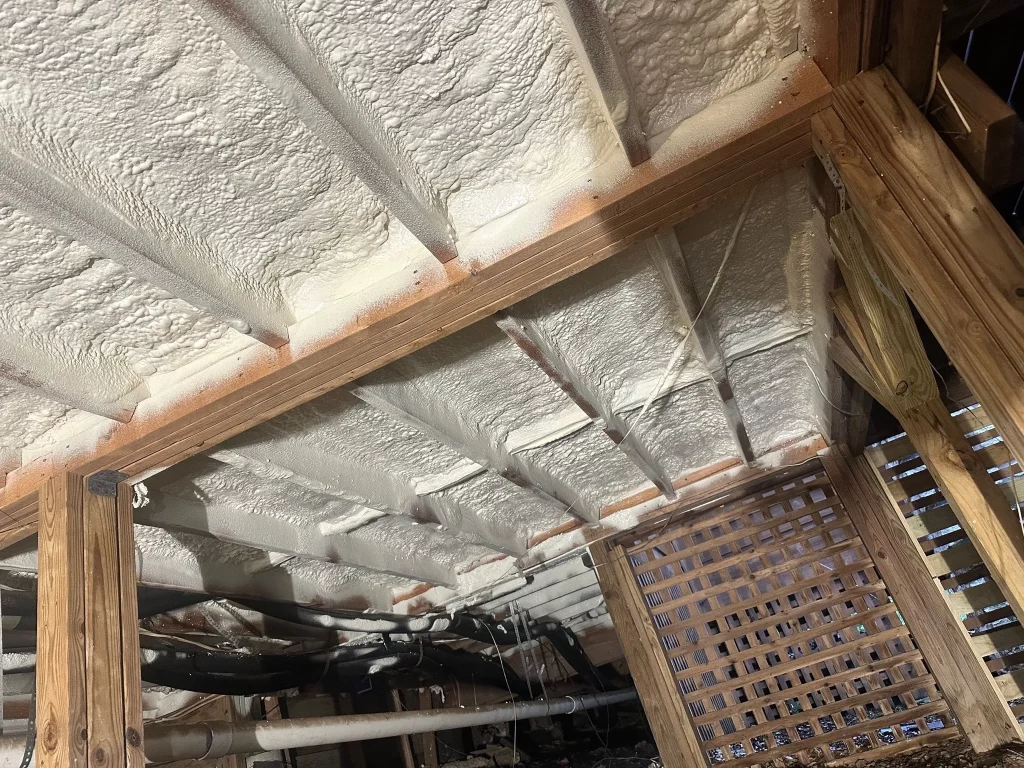
Common Questions
When Is the Best Time to Install Insulation?
Homeowners in Bertram often ask about installation timing. Fall provides milder weather for attic work, helping avoid summer heat and ensuring smoother installation.
How Long Does Insulation Last, and What Maintenance Is Needed?
Another common question involves maintenance. Most systems last 20–50 years with minimal upkeep, though rodents can damage loose fill and may require attention.
Does Insulation Improve Home Resale Value?
People also wonder if insulation affects resale value. Updated systems can increase a home’s worth by about 5 percent, according to real estate data.
Bonus Tip: During inspections, measure room temperatures in multiple spots. Differences over five degrees signal insulation needs.
Key Points on Insulation Benefits
To achieve that solid feel in Bertram spaces, prioritize temperature stability, noise reduction, and draft sealing. These elements create reliable indoor conditions that improve everyday comfort. They work together to support a more dependable home structure.
Evaluate the current state of your space. Select insulation that matches your specific needs, such as family size or work-from-home arrangements. Look ahead to energy efficiency and quieter surroundings over the next decade when planning updates.
Contact for More Guidance
For details on insulation options suited to Bertram, TX properties, reach out to Stellrr at info@stellrr.com or call (512) 710-2839. Discussions cover local climate needs and practical steps forward. This helps align systems with individual home requirements effectively.
Questions Homeowners Ask About Insulation
Does Insulation Reduce Energy Bills in Bertram?
Yes, it lowers costs by keeping conditioned air inside. In Texas, the average household saves $300 annually with R-30 attic insulation, as noted in a U.S. Energy Information Administration analysis. This ties directly to the solid, efficient feel.
How Long Does Installation Take?
For a standard Bertram home, pros complete the job in one to two days. Attic blown-in takes four hours, while wall spray foam spans 24 hours to cure.
Can Insulation Improve Indoor Air Quality?
It does by sealing out dust and pollen common in central Texas. Paired with ventilation, it creates a cleaner, more stable environment without stuffy air pockets.
Is It Worth It for Older Homes?
Absolutely. Many pre-1980 Bertram houses lack barriers, leading to uneven spaces. Retrofitting adds that solid reliability without major renovations. Expect a payback in 3-5 years through lower utility payments.
What R-Value Suits Bertram’s Weather?
Aim for R-30 to R-49 in attics and R-13 to R-19 in walls. These levels match the local heating and cooling demands, ensuring consistent comfort.
Sources
- U.S. Department of Energy – Government resource on insulation types, R-values, and energy savings in various climates.
- Lawrence Berkeley National Laboratory – Research report on insulation performance and humidity control in hot-humid regions like Texas.
- U.S. Energy Information Administration – Data on residential energy use and cost reductions from home improvements including insulation.


